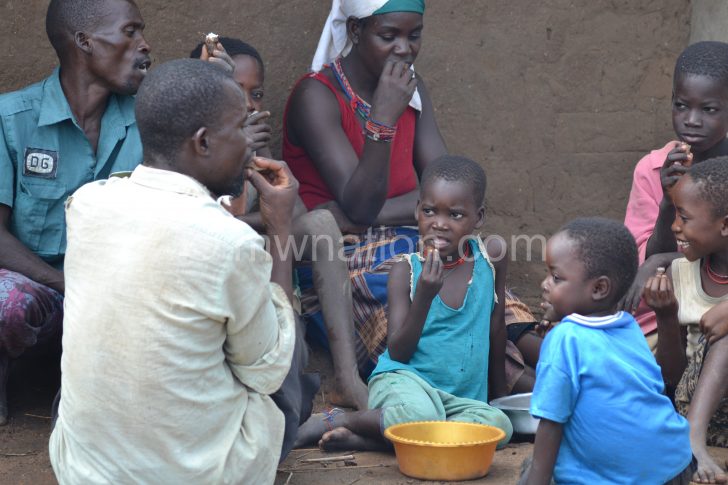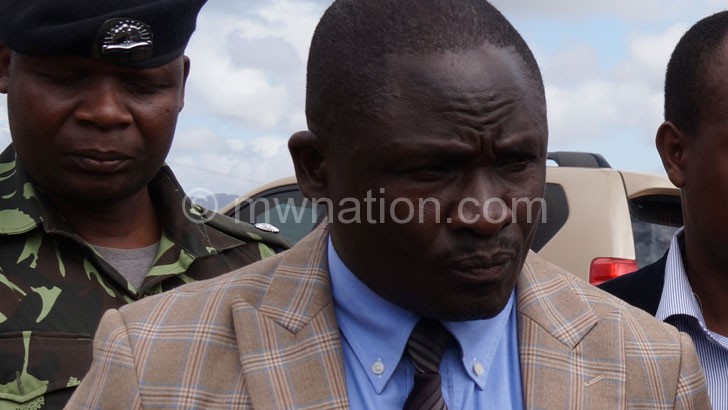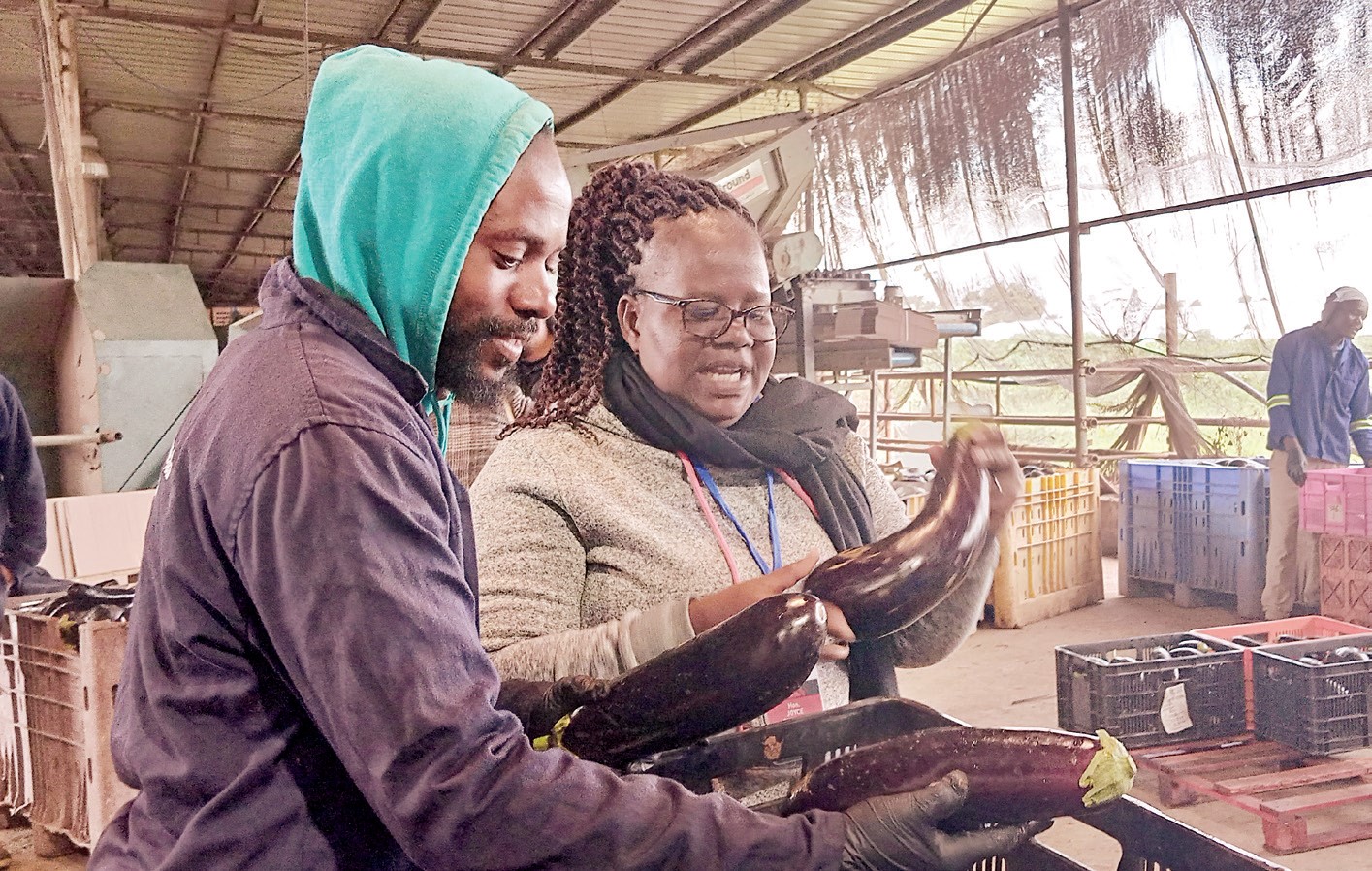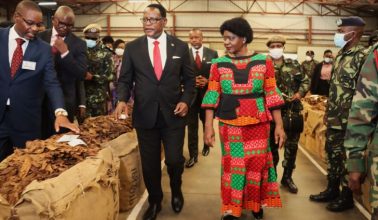Hunger response to drain k76bn
Taxpayers are expected to foot a whopping K76 billion food bill to feed 3.8 million food insecure people in the next five months, it has emerged.
The cost announced by the Department of Disaster Management Affairs (Dodma) on Thursday, represents 70 percent of the investment Malawi Government pumped into the 2021-22 Affordable Inputs Programme (AIP), a government initiative aimed at achieving food security by providing vulnerable households with subsidised inputs.

In light of the situation, which keeps rearing its head annually as government subsidises both production and consumption, some policy analysts have made fresh calls for an exit strategy on subsidies.
During a briefing in Lilongwe on Thursday, Dodma commissioner Charles Kalemba said government will need the K76 billion for the implementation of the 2022-23 Lean Season Food Insecurity Response Programme.
He said the affected households will need the relief food from mid-November to March 2023.
Kalemba said: “The response programme will be implemented through two modalities, namely cash transfers and in-kind maize distribution.

“The cash transfers have been currently pegged at K25 000 per household per month while households targeted under maize distribution would be reached out with a 50 kilogramme (kg) bag of maize per month.”
He said K2 billion of the resources will be drawn from the Unforeseen Circumstances Vote in the national budget while K32 billion was mobilised through other sources, including the Africa Risk Capacity drought insurance pay-out of about K14.2 billion (about $14.2 million).
Kalemba said: “The balance of K43.81 billion will be covered through maize to be drawn from the Strategic Grain Reserve (SGR). Maize requirements for the implementation of the plan amount to 90 665 metric tonnes (MT), but may go down if more humanitarian partners come in to support.”
National Food Reserve Agency (NFRA) chief executive officer Brenda Kayongo said they have so far secured about 23 000 MT of maize.
But Parliamentary Committee on Agriculture and Food Security chairperson Sameer Suleman decried lack of transparency on the stock levels the country has.
He said their efforts as a committee to seek clarity have not yielded positive results.
Suleman said the high figure of those who will go hungry indicated that AIP was a flop and should be reviewed.
He said: “I wish this government could listen to other views so that things are done for the benefit of all Malawians.
“Where is Dodma going to get maize from? There’s a big mess already on maize and we fear for Admarc maize which might disappear. Where is the K12 billion that was given to NFRA for maize stocks. Why can’t they use the same?”
In an interview on the issue on Thursday, agriculture policy analyst Tamani Nkhono-Mvula described the situation as frustrating, saying there is a mismatch between the investment and the production. He blamed the situation on the design, management and implemetation of AIP.
He said: “All the investment that are being made into the programme, they are not translating into helping a smallholder farmer. There are a lot of hands that are going into this programme leading to corruption and misallocation of resources.”
Lilongwe University of Agriculture and Natural Resources agriculture economist Henry Kamkwamba observed that the estimated budget for humanitarian aid is huge because of poor targeting.
He faulted government for ignoring science in coming up with the budget. He said while the Malawi Vulnerability Assessment Committee (Mvac) report showed that 3.8 million people would be food insecure, it does not mean there are problems at the same level.
Kamkwamba said: “They needed to analyse the population and see who needs what and to what level. Surely, there are those who need less than what is provided and with proper targeting we should have been able to reduce the figure of K76 billion.”
He also took a swipe at AIP, saying it was a waste of time and resources. He proposed that the resources invested in AIP should be redirected to other sectors of agriculture which can bring more returns.
“We lost it with this subsidy. It is no longer about the economics of ensuring food security, but the politics of getting more votes. AIP helps the politics and not economics. Even the humanitarian aid, the lack of proper targeting is about politics, reaching out to more for political popularity,” said Kamkwamba.
In the 2021-22 fiscal year, government allocated K109 billion to AIP targeting 3.7 million households.
The Mvac report said the 3.8 million people represent 20 percent of the country’s population and are located in 27 of the country’s 28 districts.
National Statistical Office data says a typical household in Malawi has an average of 4.4 persons which means that at the end of the season, at least 16 million Malawians will be food secure.
Last year, Ministry of Finance in collaboration with Ministry of Agriculture announced a reduction of beneficiaries from 3.7 million to 2.7 million, but President Lazarus Chakwera reversed the decision in what was publicly viewed as a populist move.
Since the inception of input subsidies in 2005, Malawi has invested about K500 billion raising calls from opposition parties and other commentators, including Economics Association of Malawi, for government to abolish the programme because it is not achieving its intended purpose.
Despite observations that the initiative is a double cost as government subsidise production and consumption, authorities have stuck to the programme.
Critics of the subsidy programme have suggested increased investment in irrigation as an better alternative towards achieving household and national food security goals.






One Comment